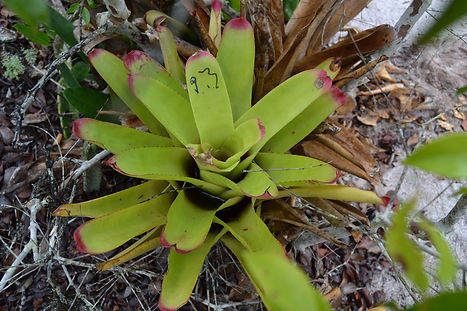RESEARCH



Data Science for insect conservation
Identifying conservation policies for insects
I am now a Liber Ero Fellow, during my fellowship I will work with Pollinator Partnership Canada to identify where we can target our conservation efforts for insects, and which methods would be most effective in different regions of North America and Western North America. I will use historical museum records, community science and researcher surveys and occupancy models for unstructured data. My research will provide actionable policy prescriptions to improve the distribution of insects and pollinators.

Statistical tools
Developing statistical methods for ecology and conservation
Currently, my main focus is developing statistical methods and data science tools in order to infer patterns from complex data. Using simulations and machine learning, I have found that we can use a multitude of summary statistics to understand the processes that structure metacommunities through space and time [17] . I have also explored our ability to use historical museum data to detect patterns in biodiversity using occupancy models [16]. In addition, I'm exploring how we can use occupancy models to compare networks of plants and pollinators through time and space.

Theory, algorithms and genomics
Using theory and new algorithms to understand food web dynamics
An important aspect of my research has been to incorporate empirical results with simulations of food webs. For example, I collected data on feeding trials from a top predator and several of its prey. Then I combined this data with a food web simulation based on the body size of all of the species [7] .One of the biggest challenges was that as I increased the size of the food web, the parameter space increased exponentially. To overcome this, I used an MCMC procedure to efficiently search through parameter space. This MCMC procedure in simulations has been seldomly used in ecology and evolution .In addition, I also used results from genomic analyzes in food web theory [12] .

Conceptual developments in
metacommunities
Conceptual developments in community ecology
Metacommunity ecology studies the role of dispersal and movement of organisms in structuring communities of competing species. I led the development of a new conceptual framework that incorporates food webs [5]. This work was highlighted as an important contribution in the field as we received a F1000 recommendation. More recently, I co-developed the expansion of the original metacommunity framework, where we structure metacommunity theory into processes rather than paradigms [11]. These two frameworks provided novel hypotheses and predictions that can launch research on metacommunities forward.

Empirical metacommunities
Understanding the dynamics of empirical metacommunities
Thorough my PhD I studied metacommunities empirically, using the macro-invertebrate community that lives inside bromeliads as a model system. I found that changes in precipitation can change the interactions between species [4]. I found that the persistence of a top predator is mediated by the distribution of body sizes of its prey [7] , and that differences in predator and prey dispersal rates determine the survival of the metacommunity [12] . Finally, with a large database of bromeliad invertebrates across the neotropics, I found that continental scale climate, more than local environmental gradients, structure trait composition of the invertebrates [13] . All of these results were novel insights into the functioning of food webs in aquatic systems, and provided innovative ways to use metacommunity theory to understand natural systems.

